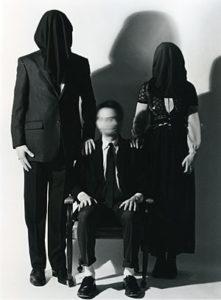The Lawrence Office of Diversity and Inclusion has partnered with the Appleton Police Department to hold community conversations regarding safety and policing throughout the academic year. The first dialogue will take place Friday, Oct. 21 from 8:30 a.m. until noon in the Warch Campus Center’s Nathan Marsh Pusey Room.
This is a collaborative effort to address existing concerns related to public safety, increase Lawrence students’ sense of belonging and avoid the tragedies that have occurred in communities across our country.
These dialogues will be facilitated, small-group discussions, followed by a large-group debriefing. The purpose will be to help all involved understand how students, police and other citizens are experiencing our community in regard to safety in order to enhance trust among these groups. It will also serve as a basis to develop strategies to increase safety in Appleton.
Please register by Monday, Oct. 17 for the first event by contacting Michelle Lasecki-Jahnke in the Office of Diversity and Inclusion.

